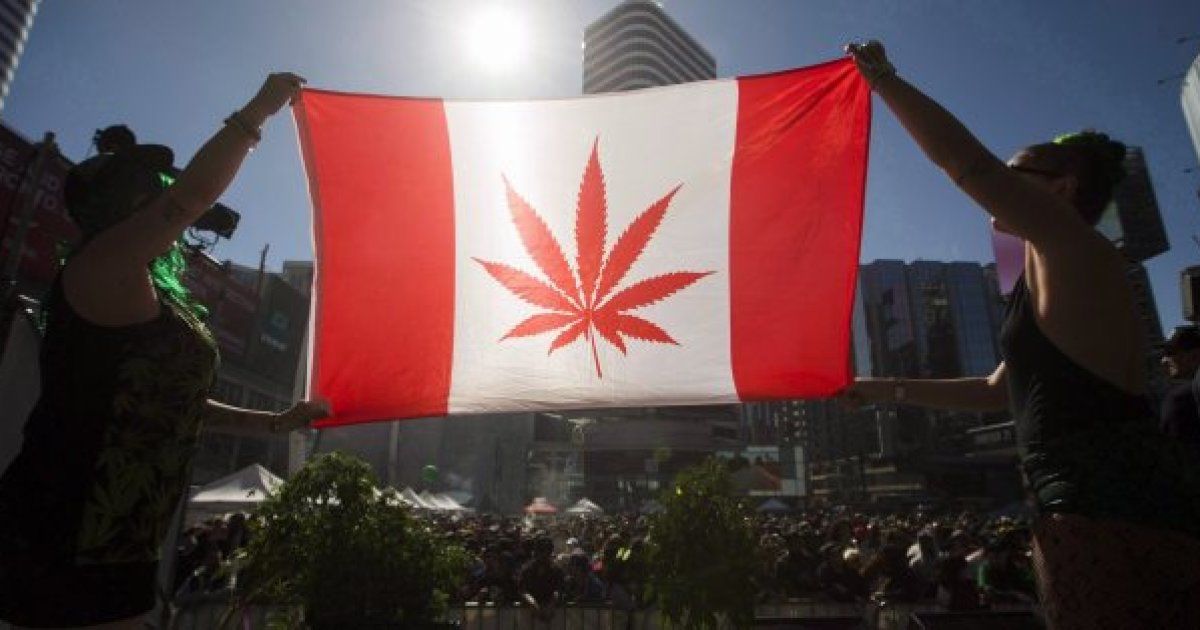Pot risks not trivial

As Canada continues its march towards the legalization of recreational cannabis, we should pay much more heed to the unintended consequences.
Last week, the Senate passed Bill C-45 by a vote of 56-30, with one abstention. The Senate sent the bill back to the House of Commons with a boatload of amendments, including restrictions on cannabis promotion, home-grown pot and sharing weed with minors.
It’s just a matter of details now. There is no question the bill will pass, and within a matter of months, weed will be legal in Canada.
But medical and addiction experts have been warning that in the march towards legalization, we are minimizing health concerns stemming from marijuana use and abuse.
It’s easy to cast cannabis as the lesser of the drug evils. Weed users are portrayed as mellower than drunks. We laugh at lovable oafs and stoners like Cheech and Chong. And no, pot is not as addictive, nor is it life-threatening like opioids, cocaine and certain prescription medications.
But there are consequences — and they are not widely known nor understood by users, especially youth. And those consequences are not funny.
The Diagnostic and Statistical Manual of Mental Disorders (DSM-5) defines the problem as cannabis use disorder, and it describes behavioural, physical, cognitive and psychological symptoms for clinicians to diagnose the condition.
There are also certain myths swirling around cannabis use. One is that it does not lead to dependence. Yet according to the National Institute of Drug Abuse, nine per cent of pot smokers will become dependent.
Research has found that chronic marijuana use in adolescence causes problems with cognitive functions, such as memory, problem-solving, impulse control, focus and attention. Chronic users are also at risk of developing psychosis, depression and anxiety.
Such conditions might make it difficult for a chronic user to hold down a job or to complete an educational program. This has serious implications for individuals, their families and the health-care system, particularly the mental health aspect.
In addition, smoking cannabis — like smoking tobacco — can result in lung and respiratory problems. It increases the risk of lung and other cancers.
Another consequence is a condition known as cannabinoid hyperemesis syndrome (CHS), which produces bouts of severe vomiting, nausea and dehydration. Physicians in U.S. states where pot is legal are reporting spikes of CHS in emergency rooms.
There are also withdrawal symptoms, such as mood and sleep difficulties, irritability, decreased appetite and restlessness.
It’s important for us to understand that today’s marijuana is not your dad’s pot from the 1960s and 1970s. The percentage of THC — the ingredient that produces the high — has increased dramatically. In the early 1990s, the THC percentage in confiscated marijuana was 3.8 per cent. In 2014, it was 12.2 per cent.
In December, the Nova Scotia government set the legal age at 19, going against advice from the Canadian Medical Association, Doctors Nova Scotia and the province’s chief medical examiner, who all recommended 21 as the appropriate legal age. (The federal government set the legal age at 18, but allowed provinces to set their own limits.)
Ottawa has announced a $36.4-million campaign to educate Canadians — particularly youth — on the dangers of cannabis use. It will focus on things like the dangers of driving while under the influence of cannabis and also the risks posed to breastfeeding women and people with a history of mental illness.
Legalization sends a message that marijuana use is OK. Cigarettes and liquor are also legal, but we know their perils and dangers.
Price is one strategy for regulating pot usage, but high prices will drive the drug back into the black market.
With legalization inevitable, education will be a fundamental tool in the arsenal to minimize risks. We need to see much more of that.
420 Intel is Your Source for Marijuana News
420 Intel Canada is your leading news source for the Canadian cannabis industry. Get the latest updates on Canadian cannabis stocks and developments on how Canada continues to be a major player in the worldwide recreational and medical cannabis industry.
420 Intel Canada is the Canadian Industry news outlet that will keep you updated on how these Canadian developments in recreational and medical marijuana will impact the country and the world. Our commitment is to bring you the most important cannabis news stories from across Canada every day of the week.
Marijuana industry news is a constant endeavor with new developments each day. For marijuana news across the True North, 420 Intel Canada promises to bring you quality, Canadian, cannabis industry news.
You can get 420 Intel news delivered directly to your inbox by signing up for our daily marijuana news, ensuring you’re always kept up to date on the ever-changing cannabis industry. To stay even better informed about marijuana legalization news follow us on Twitter, Facebook and LinkedIn.




